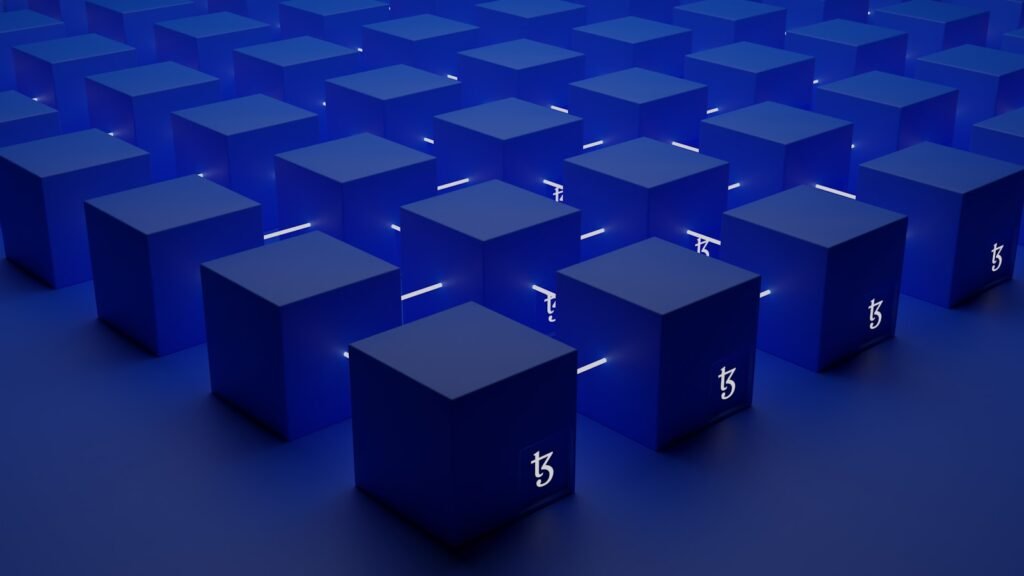The world of digital collectibles has exploded with the rise of NFTs (Non-Fungible Tokens), creating new opportunities for artists, creators, and collectors alike. If you’ve been curious about how to turn your digital creations into unique blockchain assets, this comprehensive mint NFT tutorial will walk you through the entire NFT minting process from start to finish.
Understanding NFT Minting: The Basics
Before diving into the technical steps, it’s important to understand what minting an NFT means. Minting refers to the process of publishing your unique digital item on the blockchain, transforming it into a verifiable, one-of-a-kind asset that can be bought, sold, or traded. Unlike cryptocurrencies, which are interchangeable, each NFT carries distinct properties that make it irreplaceable.
The minting process involves uploading your digital file (artwork, music, video, etc.) to a blockchain platform, where it becomes part of the permanent, decentralized ledger. This establishes your ownership and creates a tamper-proof record of authenticity that anyone can verify.
Preparing to Mint Your NFT
Choosing Your Digital Asset
The first step in your NFT minting journey is selecting the digital file you want to tokenize. This could be:
- Digital artwork or illustrations
- Photography
- Music or audio files
- Video clips or animations
- 3D models
- Collectible trading cards
- Virtual real estate or game items
Ensure your file meets the platform’s requirements for format and size. Common formats include JPG, PNG, GIF, MP4, and MP3.
Setting Up a Crypto Wallet
To interact with NFT platforms and pay for minting fees (known as gas fees), you’ll need a cryptocurrency wallet that supports the blockchain you choose. Popular options include:
- MetaMask (works with Ethereum and compatible chains)
- Phantom (for Solana NFTs)
- Coinbase Wallet (user-friendly for beginners)
Your wallet will store both your cryptocurrency (typically ETH for Ethereum-based NFTs) and your NFTs after minting. Be sure to securely store your wallet’s recovery phrase, as losing it means losing access to your assets.
Selecting the Right NFT Marketplace
Different marketplaces cater to different types of NFTs and blockchains. Some of the most popular options include:
- OpenSea – The largest general NFT marketplace supporting multiple blockchains
- Rarible – Creator-friendly with options for lazy minting (more on this later)
- Foundation – Curated platform favored by digital artists
- Magic Eden – Leading Solana NFT marketplace
- SuperRare – High-end digital art platform
Consider factors like fees, audience, and supported file types when choosing where to mint your NFT.

The Step-by-Step Minting Process
Now that you’re prepared, let’s walk through the actual mint NFT tutorial process:
1. Connect Your Wallet to the Marketplace
Navigate to your chosen NFT platform and look for the “Connect Wallet” button. This will prompt you to select your wallet provider and authorize the connection. The marketplace will then be able to interact with your wallet for transactions without ever accessing your private keys.
2. Initiate the Minting Process
Once connected, locate the “Create” or “Mint” button (terminology varies by platform). This will open the upload interface where you’ll add your digital file and configure your NFT’s details.
3. Upload Your Digital File
Select the file from your device that you want to turn into an NFT. The platform will process and display a preview. Take this opportunity to double-check that everything appears as intended before proceeding.
4. Configure Your NFT’s Properties
This is where you give your NFT its identity:
- Name: Choose a distinctive title for your NFT
- Description: Provide context about your creation
- Properties: Add traits or characteristics (important for collectibles)
- Royalties: Set your percentage for future resales (typically 5-10%)
- Collection: Optionally group with other related NFTs
5. Choose Your Minting Method
You’ll typically have two options:
Lazy Minting: The NFT isn’t minted on-chain until someone purchases it. This saves you upfront gas fees but may limit some functionality.
Traditional Minting: You pay gas fees immediately to mint the NFT to your wallet, giving you full ownership right away.
6. Review and Confirm
Carefully check all details before finalizing. Once minted, most NFT properties cannot be changed. Confirm the transaction in your wallet, which will show the gas fee amount for your approval.
7. Pay the Gas Fee
The blockchain requires payment (in the native cryptocurrency) to process your minting transaction. Fees fluctuate based on network congestion. Your wallet will display the current cost and prompt you to confirm the payment.
8. Wait for Confirmation
After submitting your transaction, it will need to be validated by the blockchain network. This typically takes a few minutes, though during periods of high activity it may take longer. Most platforms will notify you once your NFT is successfully minted.
Post-Minting Considerations
Congratulations! You’ve now completed the NFT minting process. But your journey doesn’t end here:
Listing Your NFT for Sale
If you want to sell your newly minted NFT, you’ll need to list it on the marketplace. You can choose between:
- Fixed price listings
- Timed auctions
- Open for offers
Each option has different implications for visibility and potential sale price.
Marketing Your NFT
Simply minting an NFT doesn’t guarantee sales. Consider:
- Building a social media presence around your work
- Engaging with NFT communities on Discord and Twitter
- Creating a cohesive collection rather than single pieces
- Offering utility or perks for NFT holders
Understanding Tax Implications
NFT sales may be subject to capital gains taxes in many jurisdictions. Keep careful records of your minting costs and any sales for tax reporting purposes.
Alternative Minting Methods
Beyond the standard marketplace approach, there are other ways to mint NFTs:
Smart Contract Minting: For advanced users who want complete control, you can write or use an existing smart contract to mint NFTs directly on-chain.
Generative Art Platforms: Some tools, like Art Block,s allow you to create algorithmically generated NFTs with unique properties.
Bulk Minting Tools: If creating a large collection, specialized tools can help mint multiple NFTs simultaneously.
Common Mistakes to Avoid
New creators often encounter these pitfalls:
- Underestimating gas fees (always check current rates)
- Using low-resolution files that don’t showcase work properly
- Setting royalties too high (discourages secondary sales)
- Choosing the wrong blockchain for their target audience
- Neglecting to properly promote their work
The Future of NFT Minting
As the technology evolves, we’re seeing innovations like:
- Gasless minting is becoming more common
- Improved environmental solutions for energy-intensive blockchains
- More user-friendly interfaces for beginners
- Enhanced verification tools to combat plagiarism
Final Thoughts
This mint NFT tutorial has walked you through the complete process from preparation to final minting. Remember that while the technical steps are important, the true value of an NFT comes from the creativity and meaning behind it. Whether you’re an artist exploring new mediums, a musician connecting with fans, or a collector preserving digital culture, NFT minting opens exciting possibilities in the digital ownership revolution.

